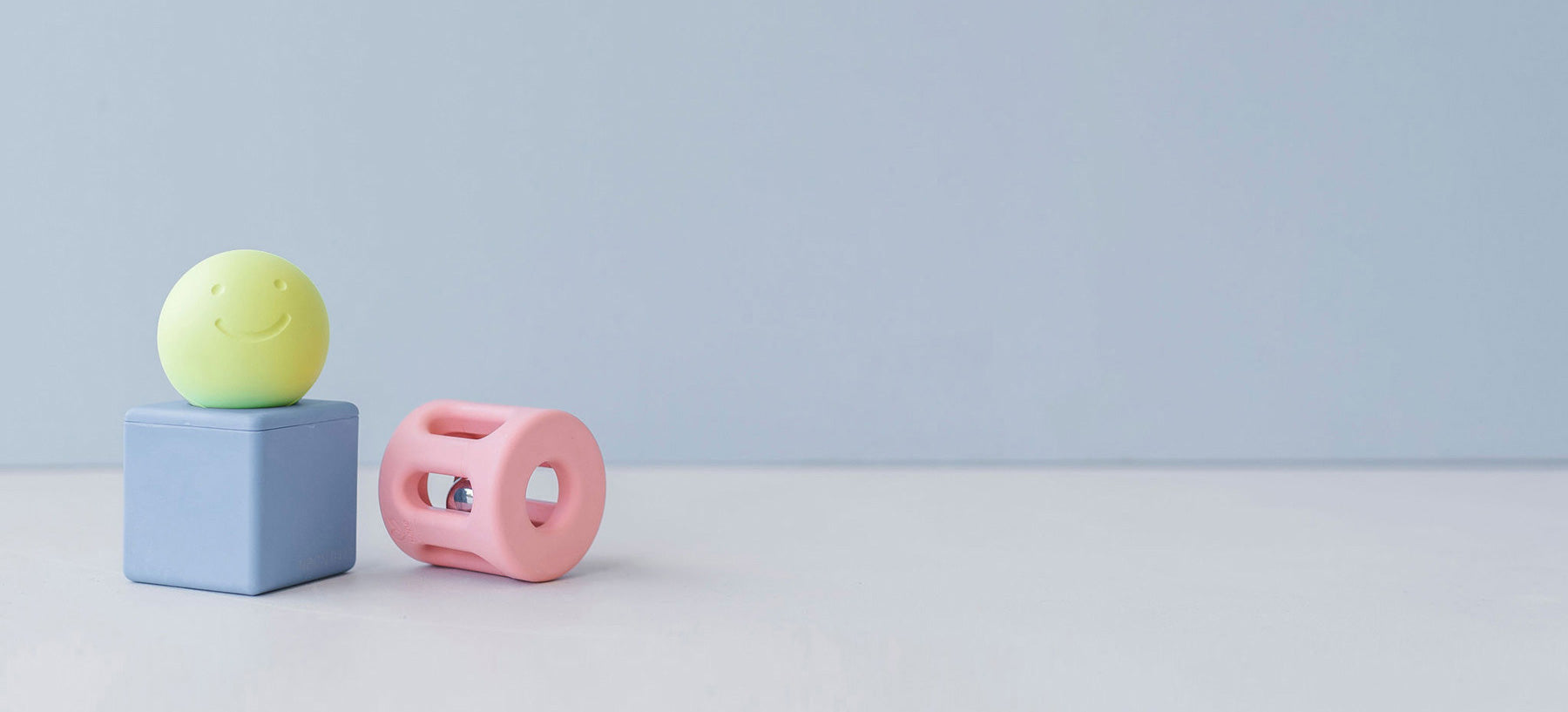Born to learn by Dr. Annette Henderson

All of their senses are functioning which means that they can readily take in and respond to all types of information from world around them. The responses that newborn infants make take many forms. Perhaps one of the most impressive and endearing forms of responses demonstrated by newborns is their reflexes of which they have many.
Reflexes are responses that infants are born with that are involuntary and thus, are not controlled by the infant. Infants are born with several reflexes all of which are much more sophisticated than they appear. Many reflexes such as breathing and blinking stay with an individual throughout their lives. However, others play a crucial role at birth, but then disappear after three or four months, presumably after the behaviours have become voluntary and controlled by the infant.
- Newborns show the rooting reflex when their cheek or side of mouth is touched by turning their head towards the touch. This seems to be in search of something to put into their mouth (which initiates the following reflex).
- Newborns show the sucking reflex by automatically sucking when there is something is placed in their mouth. This facilitates feeding before the baby has made a connection between a nipple and food source.
- Newborns show the morrow reflex when they are startled often occurring in response to a loud noise. This startle reflex involves the newborn arching their back, snapping their head backwards, and flailing their arms and legs out. It is believed that this is an attempt to grab something for support.
- The grasping reflex is perhaps the most endearing reflex and occurs when something touches the newborn’s palm resulting in their hand automatically closing around the source of the touch. This reflex is believed to be the pre-cursor to voluntary hand grasping as it disappears once babies can grasp on their own.
While the extent to which reflexes support other more mature forms of similar movements remains unclear, their presence and then subsequent disappearance can be helpful indicators of neural development.
Dr. Annette Henderson


